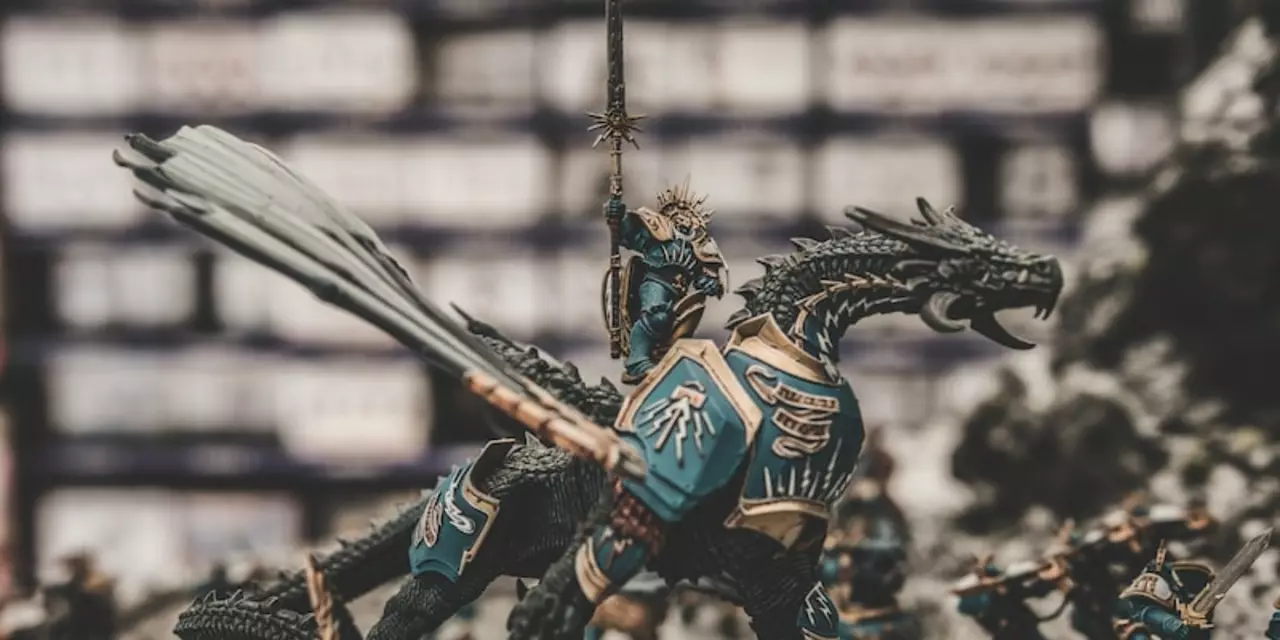Resin Basics: What You Need to Know Before You Start
Thinking about working with resin? You’re not alone. People use resin for everything from jewelry to furniture, and the results can look amazing when you get the basics right. This guide walks you through the main things you should know, so you can avoid the common hiccups and finish your project with confidence.
Choosing the Right Resin
First step is picking a resin that fits your project. There are two big families: epoxy and polyester. Epoxy is clear, low‑odor, and great for art, while polyester is cheaper and works well for large molds. Look at the cure time, too—some resins set in under an hour, others take a day. If you’re in a rush, a fast‑cure formula can save a lot of waiting.
Another factor is the UV resistance. If your piece will sit near a window or outdoors, choose a UV‑stable resin or add a UV inhibitor. That way the color won’t yellow over time.
Safety First: How to Work With Resin Safely
Resin can be slick and the fumes aren’t great to breathe in. Always work in a well‑ventilated space, wear nitrile gloves, and use a mask if you’re mixing a lot. Keep your work area covered with a disposable sheet—spills happen, and cleaning cured resin is a nightmare.
Measure the resin and hardener exactly as the label says. Even a tiny mistake can lead to sticky spots or a weak finish. Use a digital scale for best accuracy and mix slowly to avoid bubbles.
Practical Tips for a Smooth Finish
Got bubbles? The quick fix is to give the mixture a gentle heat blast with a hair dryer or a small torch. Move the flame over the surface, not too close, just enough to pop the bubbles.
When pouring, do it in a steady stream from one side of the mold. This spreads the resin evenly and reduces air pockets. If you’re working with a deep mold, you can pour in layers—let each layer thinly cure before adding the next.
After the resin cures, sand any rough spots with fine‑grit sandpaper, then polish with a soft cloth. For extra shine, apply a thin coat of clear resin as a top layer.
Simple Project Ideas to Get Started
Here are three quick projects you can try this weekend:
- Coasters: Use silicone molds, add a splash of pigment or glitter, and finish with a sanding‑and‑polish step.
- Keychains: Mix resin with small charms, pour into keychain molds, and attach a metal loop once cured.
- River Tables: Pour a thin line of colored resin between two wood slabs. The result looks like a natural river flowing through wood.
All three use the same basic steps—mix, pour, cure, sand, and polish—so you’ll get comfortable with the process quickly.
Resin can feel intimidating at first, but once you nail the mixing ratios and safety habits, the creative possibilities open up fast. Keep this guide handy, experiment with small batches, and you’ll be turning everyday objects into glossy, professional‑looking pieces in no time.
What materials are Warhammer miniatures made with?
Warhammer miniatures are commonly made of plastic, resin, or metal. Plastic miniatures are the most popular as they are relatively inexpensive and easy to assemble. Resin miniatures are more detailed and require more work to assemble, but are often of a higher quality than plastic. Metal miniatures are the most expensive and require the most work to assemble, but they are often the most durable and highest quality.
Details +